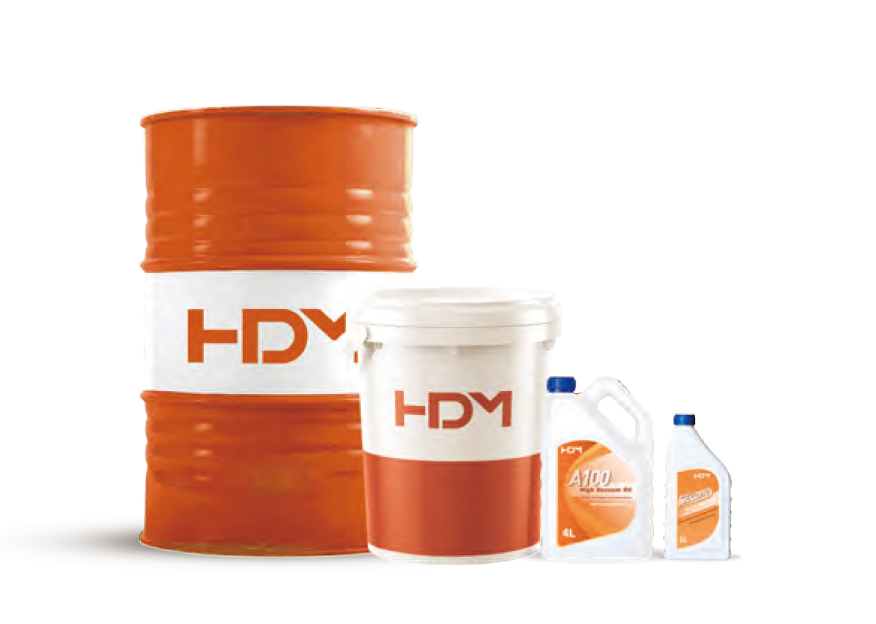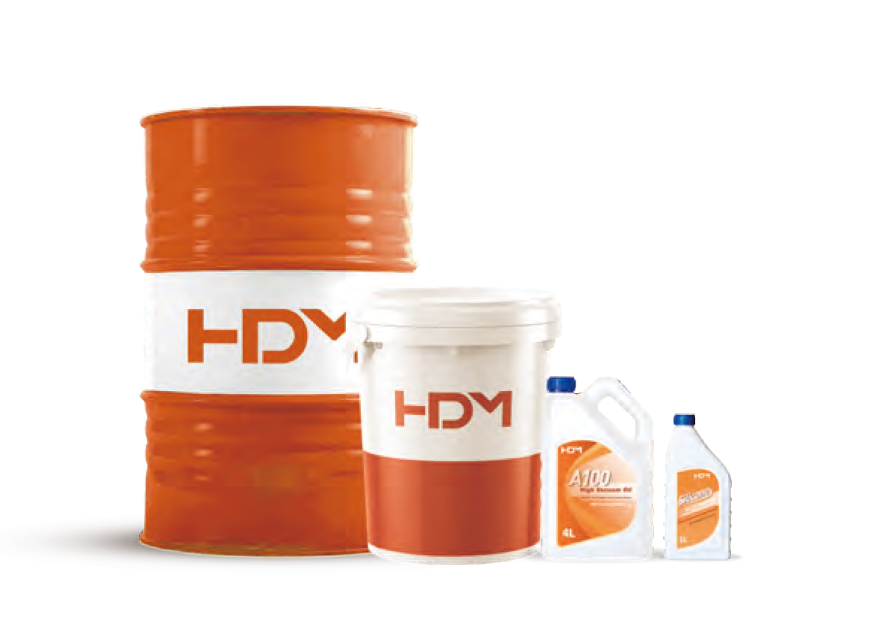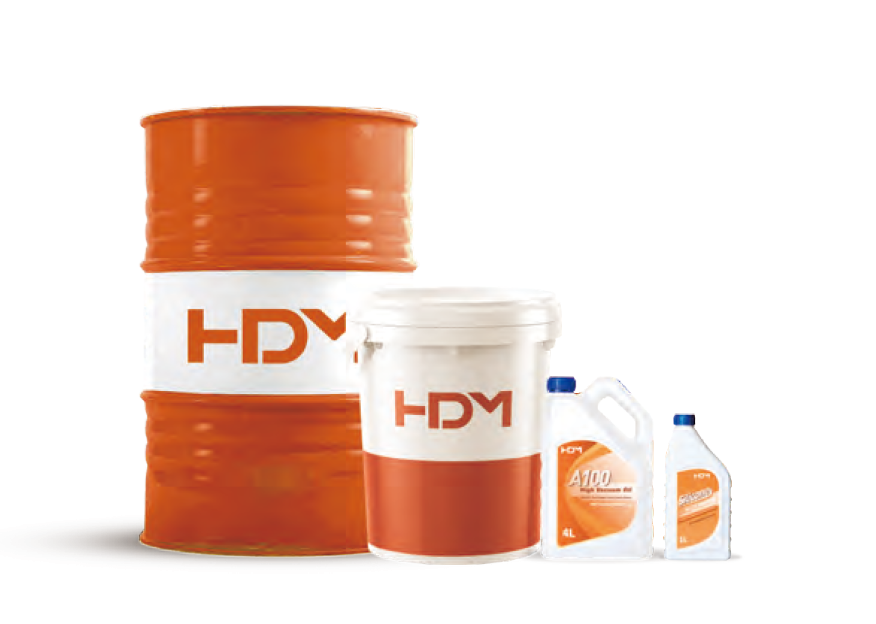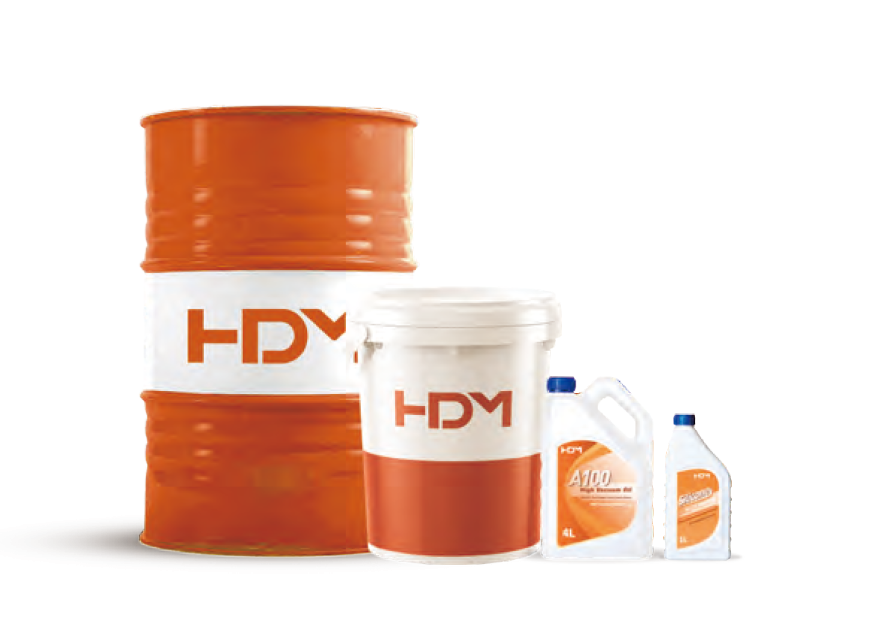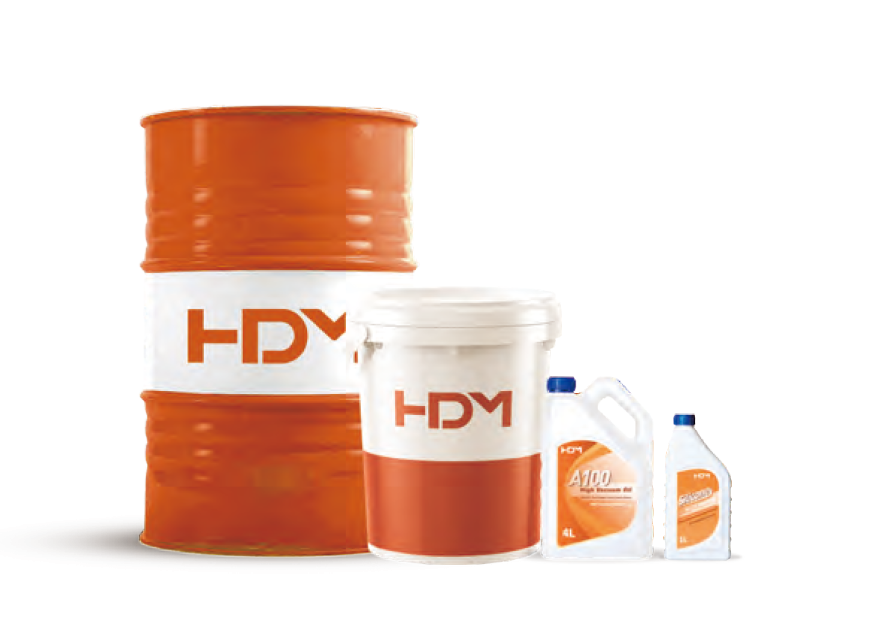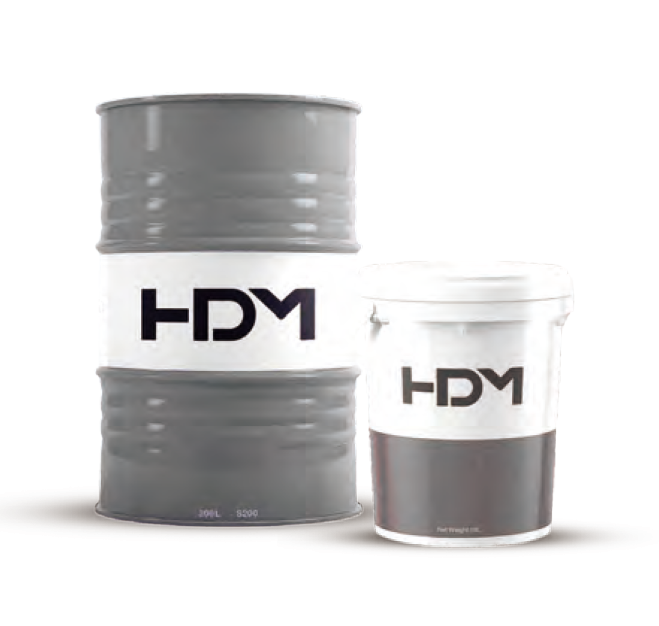Lubrication is divided into several states:
Hydrodynamic Lubrication (HL)
Hydrodynamic lubrication (HL) is defined as a full fluid film lubrication system with sufficient pressure to separate two sliding surfaces. The lubricating film is thick and prevents contact of opposing surfaces. Lubrication is governed by the overall physical properties of the lubricant, especially its viscosity. Viscosity is an important factor in determining the performance of a hydrodynamic lubricant film. Sometimes the hydrodynamic lubrication mechanism is called "viscous pressure" lubrication. The coefficient of friction depends primarily on the fluid viscosity.
Elastohydrodynamic Lubrication (EHL)
Elastohydrodynamic lubrication (EHL) is a form of hydrodynamic lubrication in which elastic deformation of the surface becomes significant. There are two types of EHL, hard and soft. Hard EHL is associated with high elastic modulus materials such as metals. In this lubricated state, visco-pressure effects and elastic deformation are equally important. Soft EHL is associated with materials such as rubber.
MIXED LUBRICATION (ML)
Mixed Lubrication (ML): When the pressure in the EHL is too high or the speed is too low, the oil film breaks down. Some contact occurs between the roughness of the surface and partial full film lubrication. This type of lubrication is called mixed lubrication (ML) and is a combination of hydrodynamic and boundary lubrication.
Boundary Lubrication (BL)
Boundary lubrication (BL) is described as a type of lubrication in which the lubricant does not separate two surfaces with a fluid film and there is considerable contact between asperities. The lubrication mechanism is determined by the physical and chemical properties of the lubricant. The physical properties of bulk lubricants become less critical and the coefficient of friction is less dependent on fluid viscosity. In boundary lubrication, friction is determined by the properties (rather than viscosity) of the surfaces and lubricant film at the interface. Boundary lubricants can be defined as extremely thin films that exist on metal surfaces. One type of boundary lubrication is extreme pressure (EP) lubrication. EP lubricants contain EP additives. These EP additives react with the metal surface under an increased energy system to form a chemical film. This chemical film prevents metal-to-metal contact.
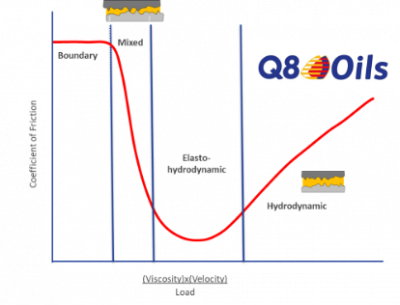
Some forming applications can use different lubrication methods.
METAL FORMING PROCESS - STARTING WITH STRIP
There are many shaping operations, here we describe the two most common shaping operations:
Punching (and similar operations) and stretching operations.
Blanking operation
Blanking, stamping, and piercing are shearing processes that modify the web using punches and dies. In punching, the parts that are punched out are called blanks; in piercing/punching, the punched out parts are scrap.
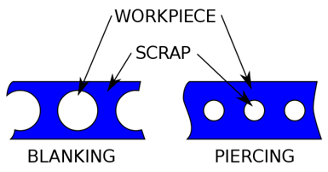
A simple description of the deep drawing process is that the punch presses the metal strip (blank) from the edge holder and through the forming die, reshaping the flat strip into a three-dimensional shape, such as a cup or pan. These stretching operations have varying degrees of severity, so there are several definitions to define the severity of forming. On the factory floor, the rule of thumb for deep drawing operations is whether the cup depth is equal to or greater than the cup width.
A simple way to define the severity of a stretching operation is the stretch ratio (DR):
Draw Ratio (DR) = Draw Depth / Stock Diameter
| Drawing Severity Rating | Stretch ratio |
|---|---|
| low | <1.5 |
| Easy | 1.5 – 2.0 |
| deep | >2.0 |
In stretching operations of low to moderate severity, there is little or no wall thinning. During deep drawing operations, wall thinning may occur. The severity of the drawing operation is affected not only by the depth of drawing, but also by the amount of wall thinning that occurs within the sidewall.
In addition to tensile strength, the tensile properties of the metals used are usually expressed as the ratio of the diameter of the blank to the diameter of the punch. This ratio is the limited draw ratio (LDR):
Limited Draw Ratio (LDR) = Blank Diameter / Punch Diameter
LDR is often used to communicate the maximum reduction possible. There are many factors that affect the success of a drawing operation, such as metal type, thickness, metal quality and blankholder pressure. These should be optimized to achieve the desired quality and productivity.



